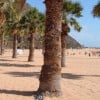- HubPages»
- Travel and Places»
- Visiting Africa»
- Travel to Northern Africa
Tenerife Rocks or Roques and Canary Island islets
Rocks or Roques of Tenerife in the Canary Islands
In Spanish, the word “roque” means rock and Tenerife has many very noticeable ones. The word is often used to describe notable rocky outcrops in the mountains and also applied to the off-shore islets.
Roque is a fairly commonly-used man or boy’s name that you will hear in the Canary Islands as well.
Best Guidebooks for Tenerife
Tenerife rock or roque photos
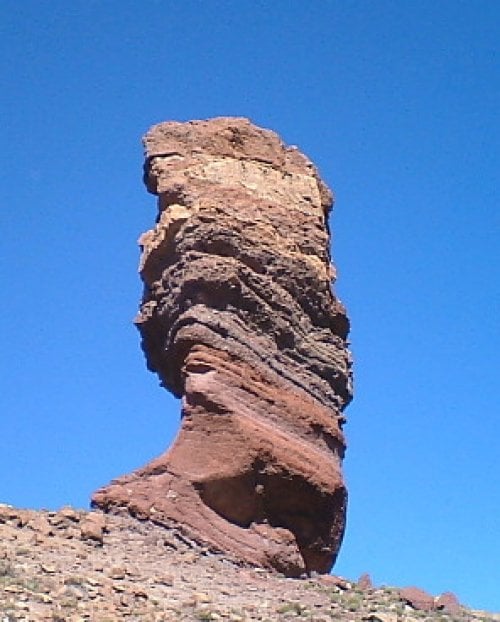
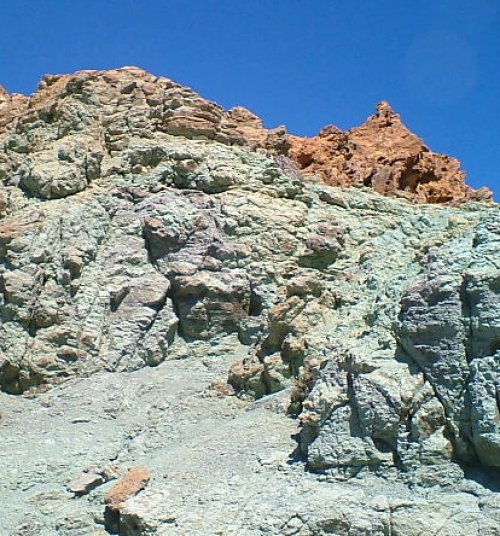
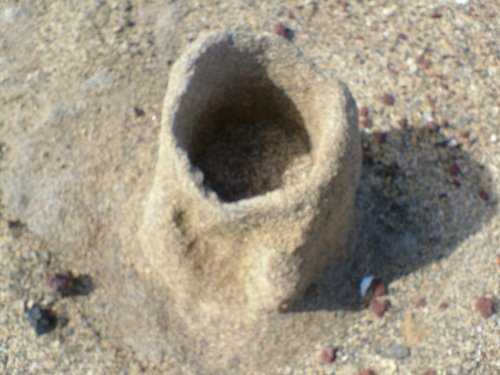
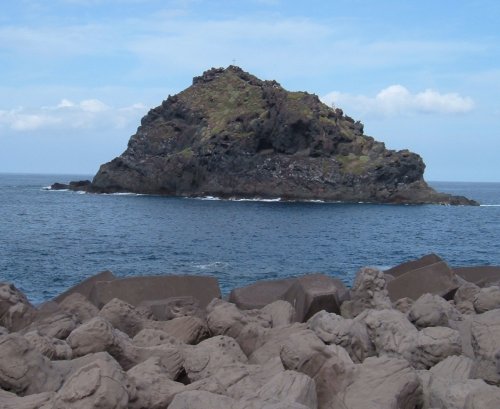
A geologist's paradise
Tenerife is a geologist’s paradise because of the incredible range of volcanic rocks that make up the island and its landscapes. The very strange appearance of many formations, as well as the different colours that can range from pinks and reds to bluish shades, makes the rocks of interest to other people too.
Garachico
Off the coast of the seaside town of Garachico in the northwest of Tenerife is the islet El Roque. It can be easily seen from the road from Icod de los Vinos to El Tanque which runs above, or by looking along the coastline below.
Speaking of rocks and roques, San Roc is the patron saint of Garachico. San Roc’s festival is celebrated every year on the 16 August, and the Hermitage of San Roque is on the outskirts of Garachico.
Roque Bermejo, Roque de Fuera and Roque de Dentro, or the Roques de Anaga, are all islets that are out in the sea off the coast of the Anaga Mountain range in the extreme north of Tenerife. The beach known as Playa del Roque is situated close to the nearby villages of Taganana, Almáciga and Benijo, which are coastal villages in Anaga.
Anaga Lizard
The Anaga Lizard (Gallotia galloti insulanagae)is a very rare endemic reptile found nowhere else in the world. It is a subspecies of the Tenerife Lizard, which lives all over the island, but the Anaga Lizard only lives on the islet known as the Roque de Fuera.
High up on Mt Teide, in the vicinity of the tourist centre, are the strange-looking Roques de García. These mighty rocks are very popular with tourists who happily take photos of them.
These “roques” have been weathered into fantastic shapes by the process of time and due to the erosion. The larger rock that is the most unusual is called the Roque Chinchado. It is thought of as the “stone tree” because of its very odd appearance.
Also close to the tourist centre on Mt Teide are some very unusual blue rocks that overlook the road. The Spanish for blue is “azul” and these rocks are called Los Azulejos.
Obsidian
Jet black obsidian, basalt and pumice are other rocks found in large quantities up on the higher reaches of Mt Teide. These rocks colour the landscape with reds, greys and yellow hues and make the area look like another world.
Lunar Landscape
The Paisaje Lunar or Lunar Landscape is another extremely unusual rock formation up in the Tenerife highlands. It can only be reached on foot, and there is a path that leads from the mountain village of Vilaflor. The footpath is known as Camino de Chasna, and Chasna was the name the Guanches gave to the area.
These very weird-looking rocks are featured on many postcards as well as in guidebooks about Tenerife. It is not surprising they are called the Lunar Landscape because really do look like Mountains of the Moon.
Close to El Médano, on the extreme south coast there stands Montaña Roja (Red Mountain), and right by it in the dunes below it there are lots of very small rock pots made of pumice. They look a bit like a miniature version of the Lunar Landscape.
Tenerife rocks poll
Would you find the unusual rocks of Tenerife interesting?
© 2010 Steve Andrews
